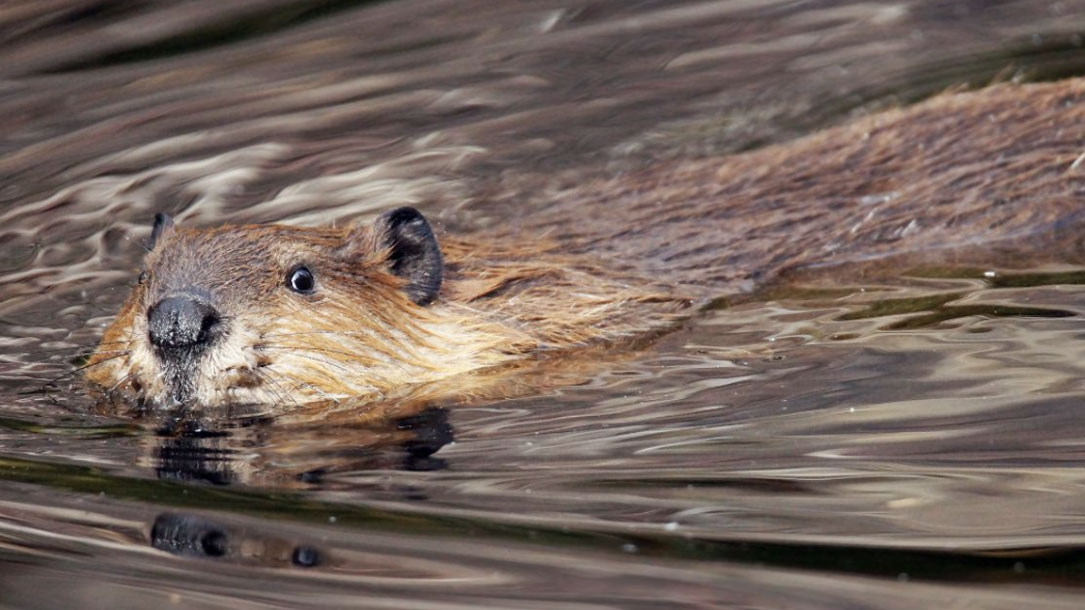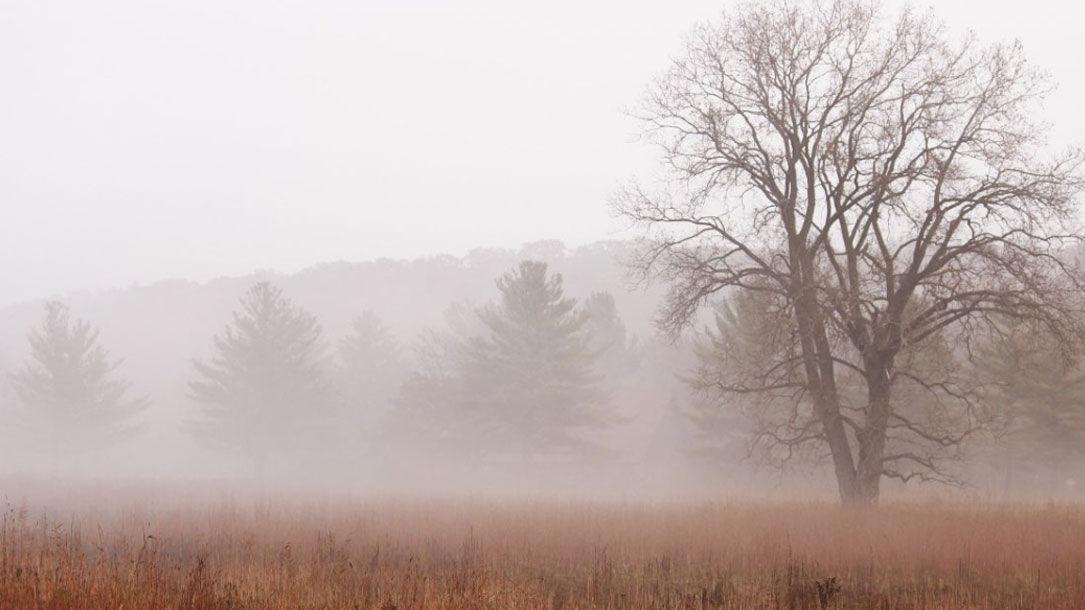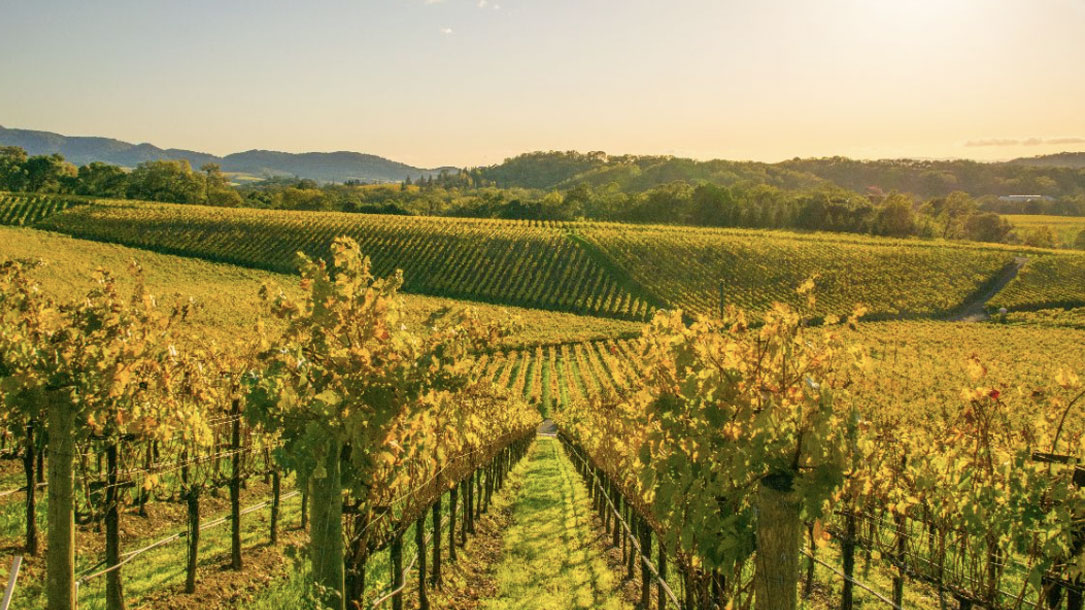
New England’s climate imperative: our forests as a natural climate solution
In this study, five pathways are developed and assessed that could increase the climate mitigation potential of New England’s forests:
- Avoided deforestation
- Wildland reserves
- Improved forest management
- Mass timber construction
- Urban and suburban forests

Two groups want to put focus on carbon credits from urban forests
National Public Radio discusses urban carbon credit work. Lookout Mountain Conservancy is participating in this effort.
“We know trees can help address climate change. A forest sucks carbon dioxide from the atmosphere. That can be sold as a carbon credit to companies looking to offset their environmental impact. But the way those credits are calculated has long been scrutinized. And two groups want to put focus on urban forests. Bellamy Pailthorp of KNKX explains…”

Saving Our Swamps [Letter in the New Yorker Magazine]
Here you will find a short letter submitted by the land trust’s executive director, under the heading “Letters respond to Annie Proulx’s piece about swamps” (and beavers as part of the climate solution):
The dewatering of North America that Proulx describes was underway well before the nineteenth century, when westward expansionists began cutting down forests and farmers began draining and tilling fields. By the time those people were “reclaiming” land for their use, fur traders had been wreaking havoc on our wetlands for almost two hundred years, through the commodification of beavers…

Protect your woodlands
“Over 75% of Vermont’s land is forested, and much of that land is privately owned, often by families and individuals. Conserving these forests matters a great deal for our climate, our economy, and our communities. If you own woodland and want it to remain forested, conservation is one option you could consider. We can help you explore your options and guide you through the process…”

Assisted migration
Trees are adapted to specific combinations of environmental and climatic conditions that allow them to grow, thrive, and reproduce. Climate change is already altering conditions across the planet, and changes are expected to continue in the decades to come. The rapid pace of climate change may exceed the ability of many species to adapt in place or migrate to suitable habitats, and this fundamental mismatch raises the possibility of extinction or local extirpation. Assisted migration, human-assisted movement of species in response to climate change, is one management option that is available to address this challenge. This topic page will examine some of the scientific background and management considerations related to assisted migration, focused primarily on tree species.

Land conservation combatting climate change
Agricultural Stewardship Association is working to position farmers and farmland as part of the climate solution. Here’s an excerpt from their website:
ASA is dedicated to helping mitigate climate change. Here’s how:
- We are helping farm families permanently protect the most valuable and resilient land for farming and growing food.
- We are educating our community about the importance of keeping land in farming and the connection with increasing resilience to a changing climate.
- We are partnering with other organizations to help farmers adopt soil health practices and generate renewable energy in ways that are compatible with agriculture and keep productive land in farming…

Parks as part of the climate solution
As a warming planet leads to worsening risks and impacts, American cities are taking matters into their own hands. Cities are not only pledging to slash carbon emissions in the coming decades. They are also figuring out how to be more resilient. Because one thing is clear: disadvantaged communities that have been historically neglected will suffer the most as the planet warms.
Park acres, it turns out, are very good at buffering the effects of climate change. Green space has the power to lower air temperature and absorb floodwater and can be designed in such a way as to significantly enhance those climate benefits…

River conservation corridor
The East Branch of the Little Calumet River Conservation Corridor Project has helped to accelerate the preservation, restoration, and water quality improvement efforts within an ecologically significant riparian area. Project goals have included land acquisition, prioritization of acquisitions, collaborative land management planning, ecological restoration, identification of green infrastructure opportunities, and evaluation of policy mechanisms and barriers…

California conservation to address climate change
[In 2021] the Trust for Public Land and JPMorgan Chase announced a $500,000 collaboration to launch The Trust for Public Land’s new California Climate Conservation program, and protect natural and working lands, mitigating climate impacts for people in the Central Coast and Los Angeles County. The program will incorporate California’s climate action strategy and help achieve greater community resilience through nature-based solutions and by engaging with local communities…

Sequestering carbon while making breakfast sweeter
Vermont’s private forests play a key role in mitigating climate change — they store four times as much carbon as the state’s vehicles release each year. Selling forest carbon credits to companies and individuals working to reduce their carbon footprints provides a new source of income for individual landowners like Jessica Boone and Everett McGinley in Vermont’s Cold Hollows region, which helps them protect their forests. Unfortunately, carbon markets can be too costly for most owners of small forest parcels to join.
That’s why the Vermont Land Trust formed Vermont Forest Carbon LLC and teamed up with The Nature Conservancy, the Caron Dynamics Lab at the University of Vermont, and Cold Hollow to Canada, a local land stewardship and conservation organization, helping landowners overcome the cost barrier by working together as a single carbon project.
This is the first large-scale aggregated forest carbon project in the country, with fifteen neighbors teaming up to sell carbon credits from their land…
- « Previous
- 1
- 2
- 3
- Next »












